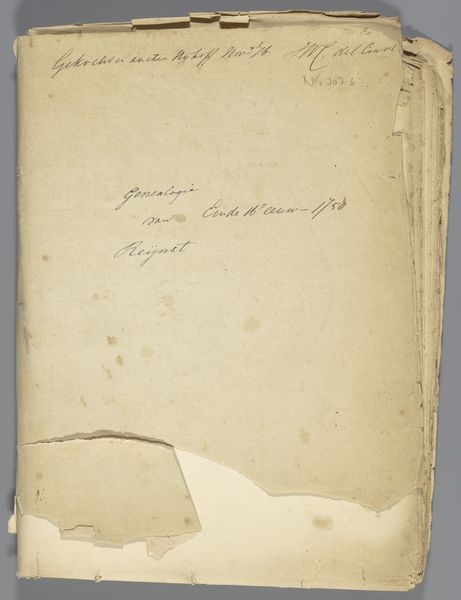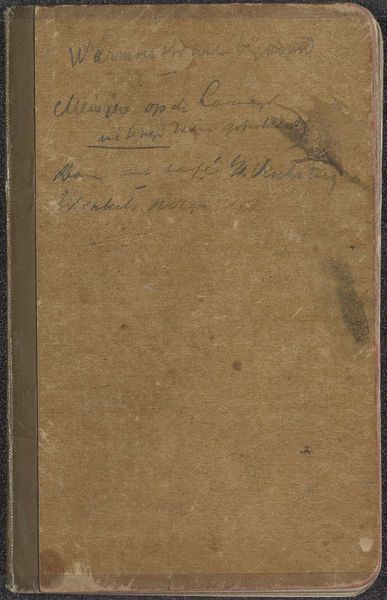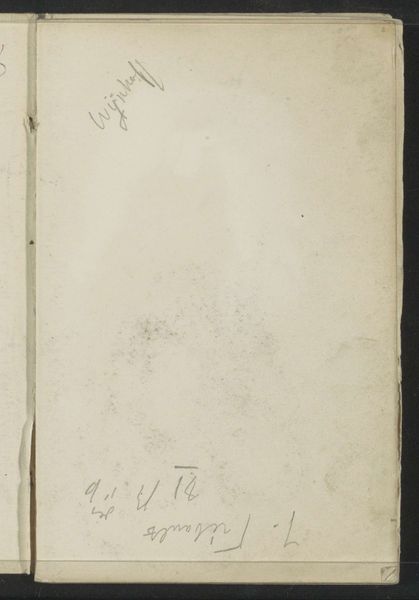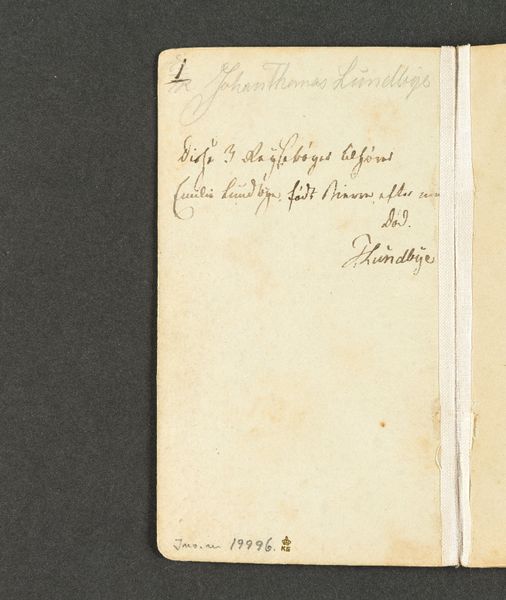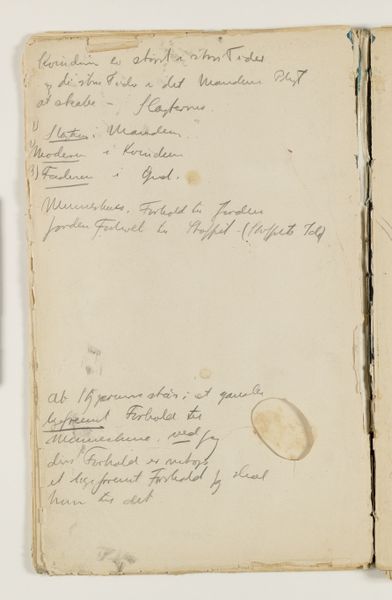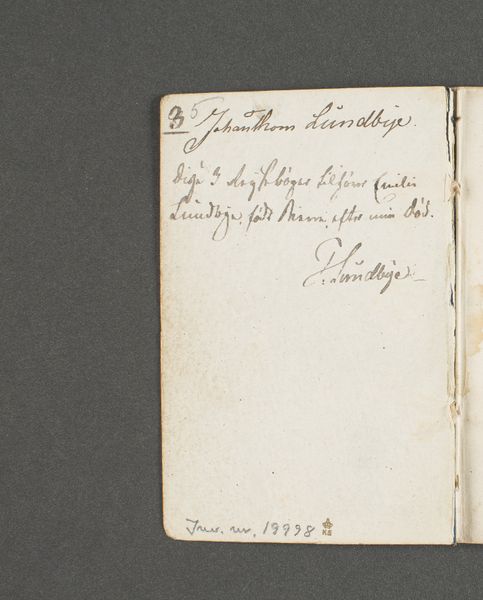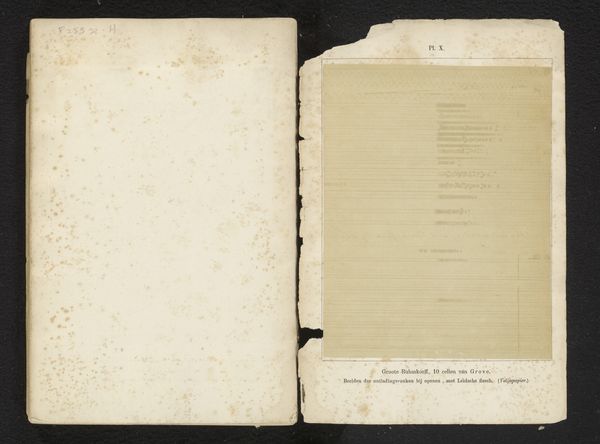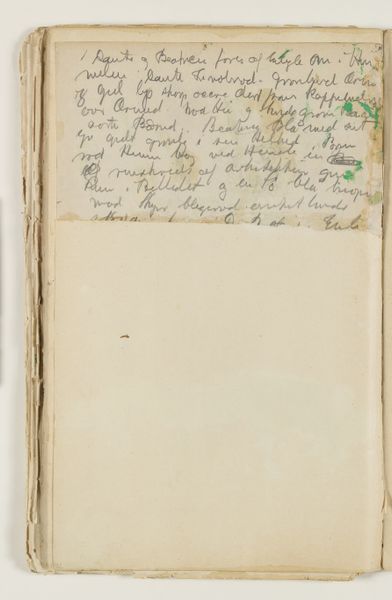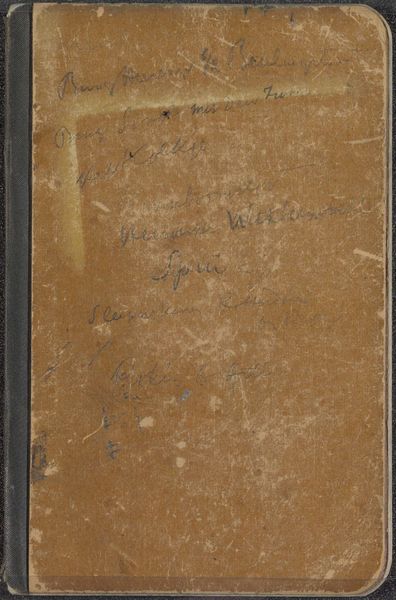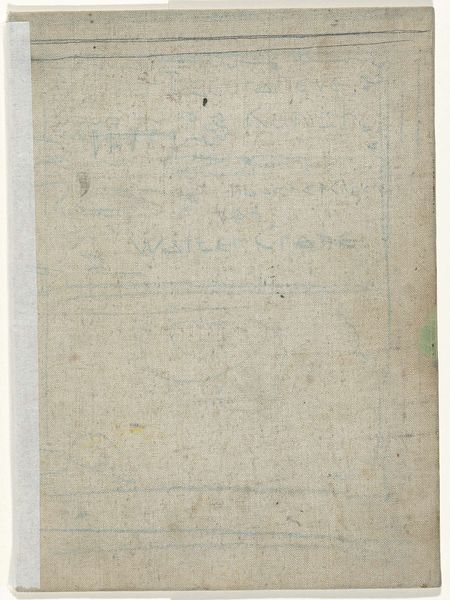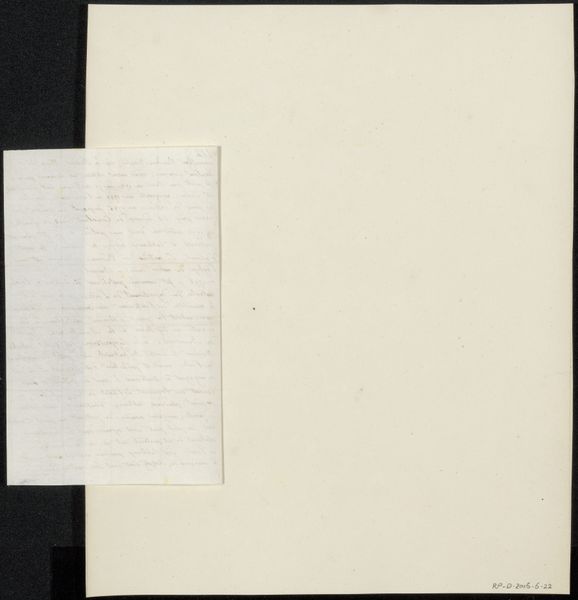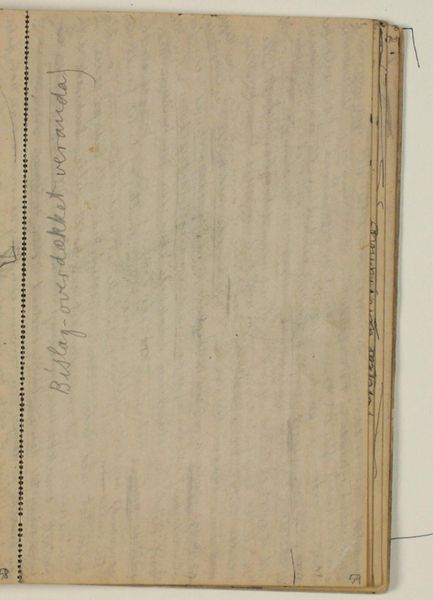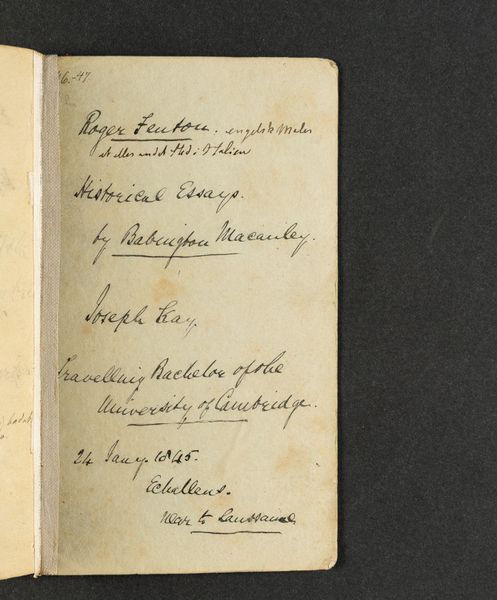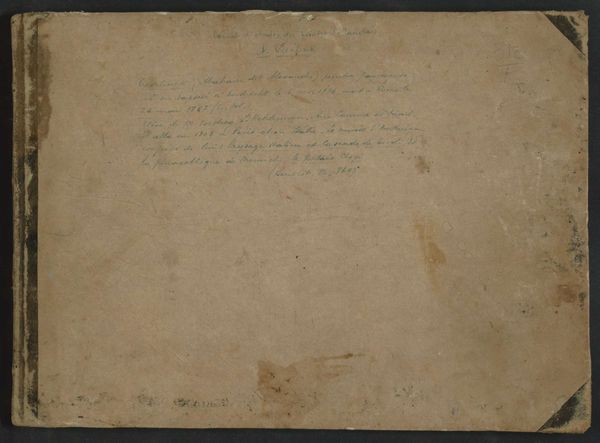
drawing, paper, ink
#
drawing
#
paper
#
ink
#
history-painting
#
academic-art
Dimensions: height 308 mm, width 232 mm, thickness 8 mm
Copyright: Rijks Museum: Open Domain
Curator: Welcome. Before us, we have "Le beffroi: arts, héraldique, archéologie," a work on paper using ink, dating from around 1864 to 1865, crafted by Edward Gailliard. It leans into a history-painting theme within the academic art style. What’s your first take? Editor: Its weathered texture speaks volumes. It's an immediate visual indicator of age and past use. What does the paper quality and ink suggest about Gailliard's resources and intention at the time? Curator: Considering the era, ink drawings on paper were commonly used for preparatory sketches or documentary purposes. Its academic art style implies Gailliard may have been aspiring to a higher artistic status, looking towards established historical narratives to legitimate his work and embed it within established art institutions. Editor: That pursuit is evident, but how does this piece play into the broader social context of labor and the production of art? It is about more than art institutions, after all; isn’t this paper a vehicle to voice out something for more diverse audience? Curator: That's a crucial consideration. The very choice of historical themes—heraldry, archaeology, the beffroi itself—resonates with rising nationalism in 19th-century Europe. It attempts to unify and legitimize national identities through glorified depictions of the past and serves as a way to instill pride. Editor: Yes! It reminds us that Gailliard probably did not intend the material to exist as high art by itself but rather to build it into an artwork—probably for historical illustrations in publications such as books or journals. But how do the means of production and planned obsolescence shape his message? Curator: Good question! Given the period, the meticulous draftsmanship, while pointing to academic training, would’ve appealed to an expanding middle class that cherished realist depiction, offering viewers supposedly accurate windows into history—making history consumable through accessible visuals and contributing towards cultural expectations within society. Editor: It highlights the complex relationship between labor, the dissemination of information, and cultural narratives. Seeing it now, outside that context, strips bare some of the intended impact but allows us to ponder materiality within his political-economical circumstances. Curator: Exactly! It asks questions regarding intention, impact, and the evolving meaning embedded in the imagery. These academic echoes within broader social shifts contribute valuable insights when navigating the landscape of 19th-century art.
Comments
No comments
Be the first to comment and join the conversation on the ultimate creative platform.
